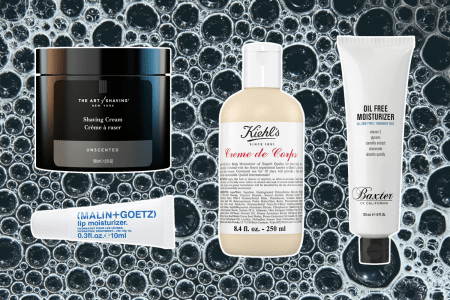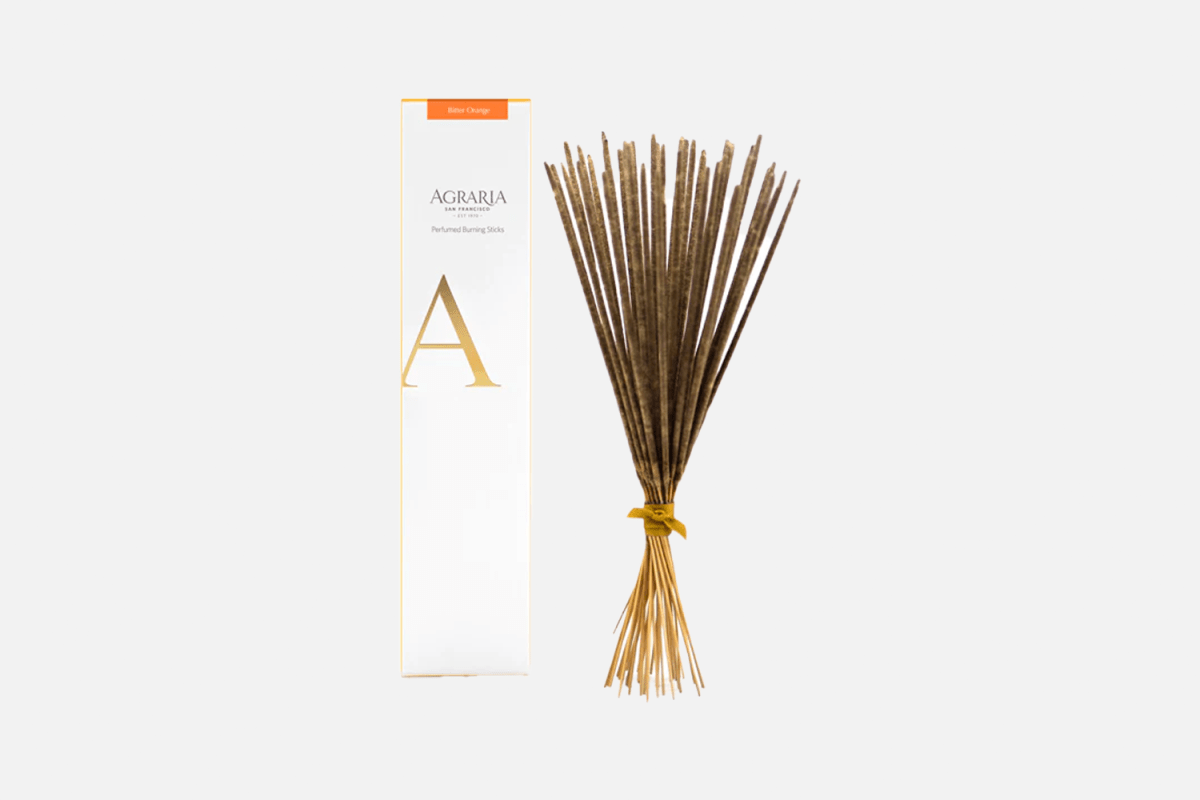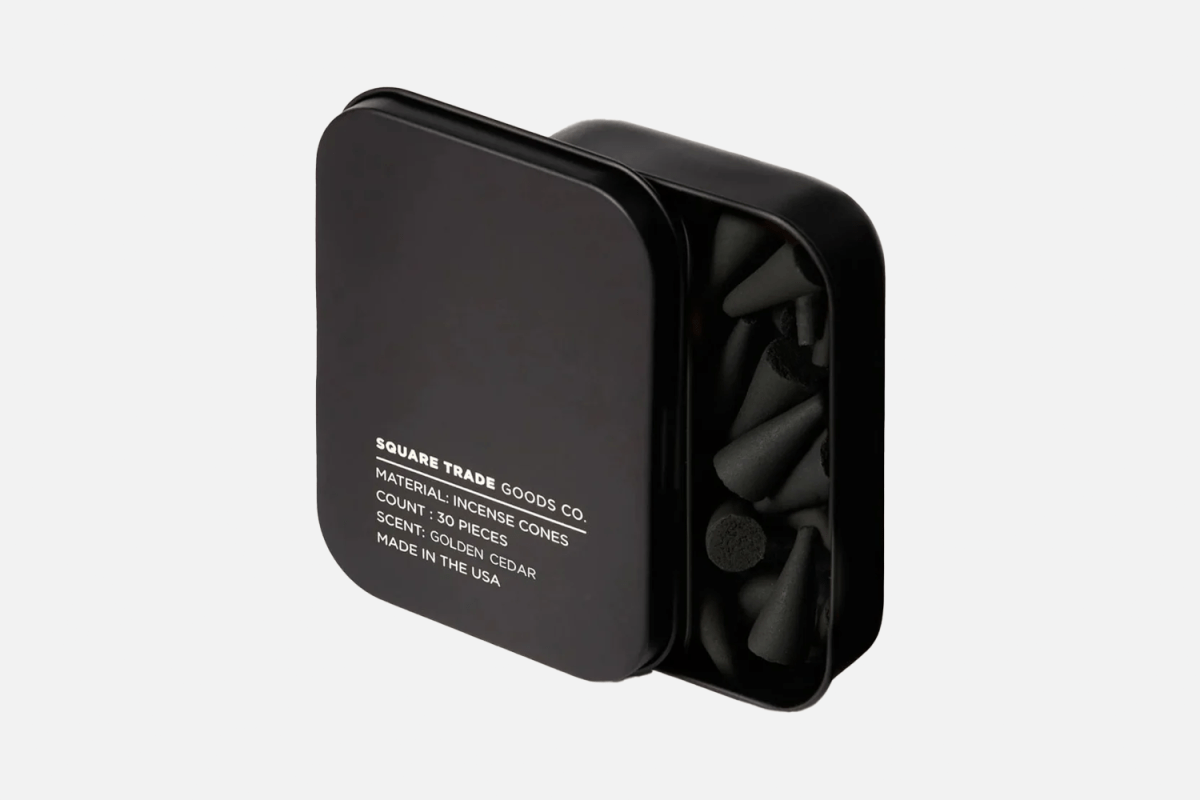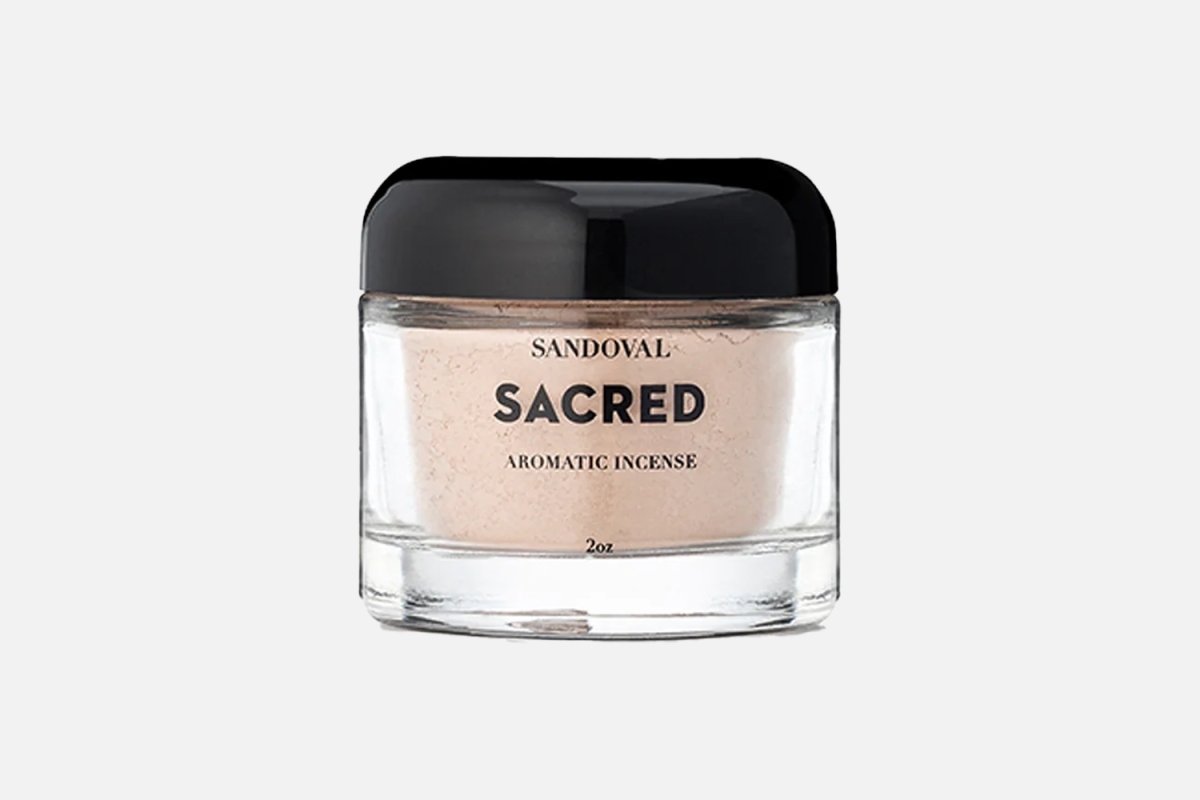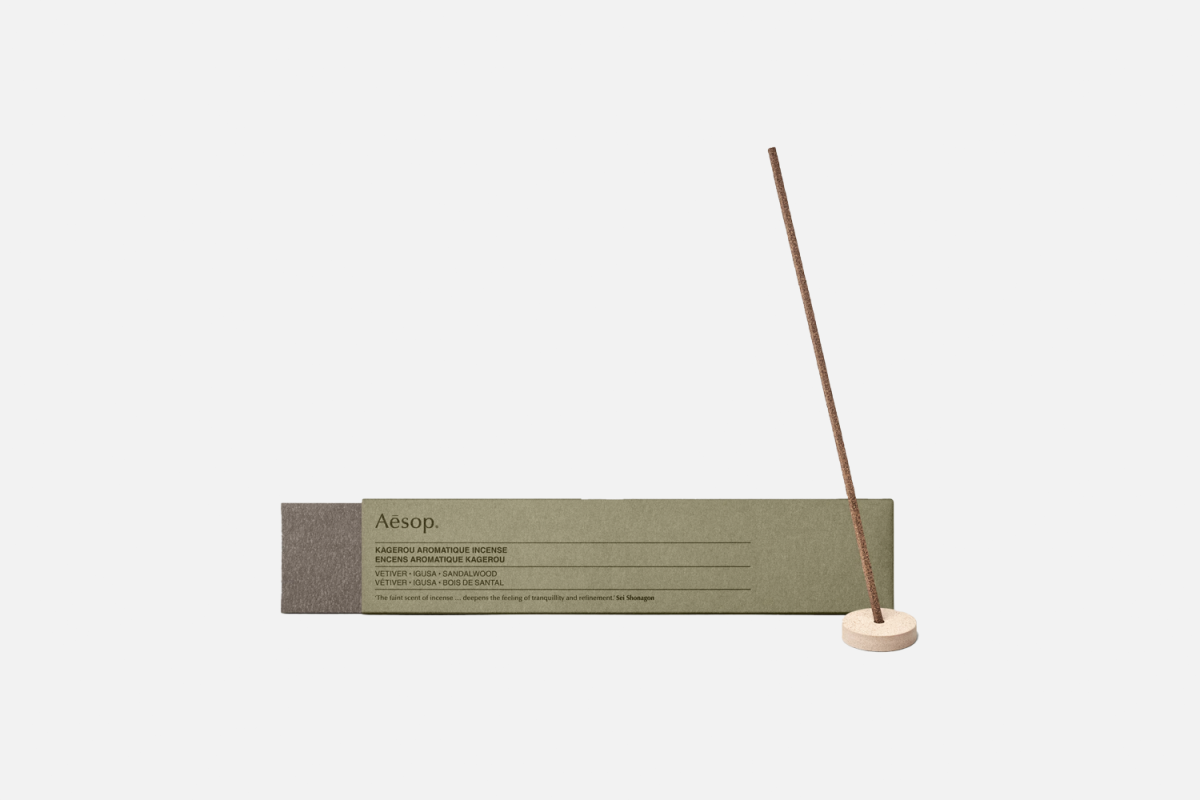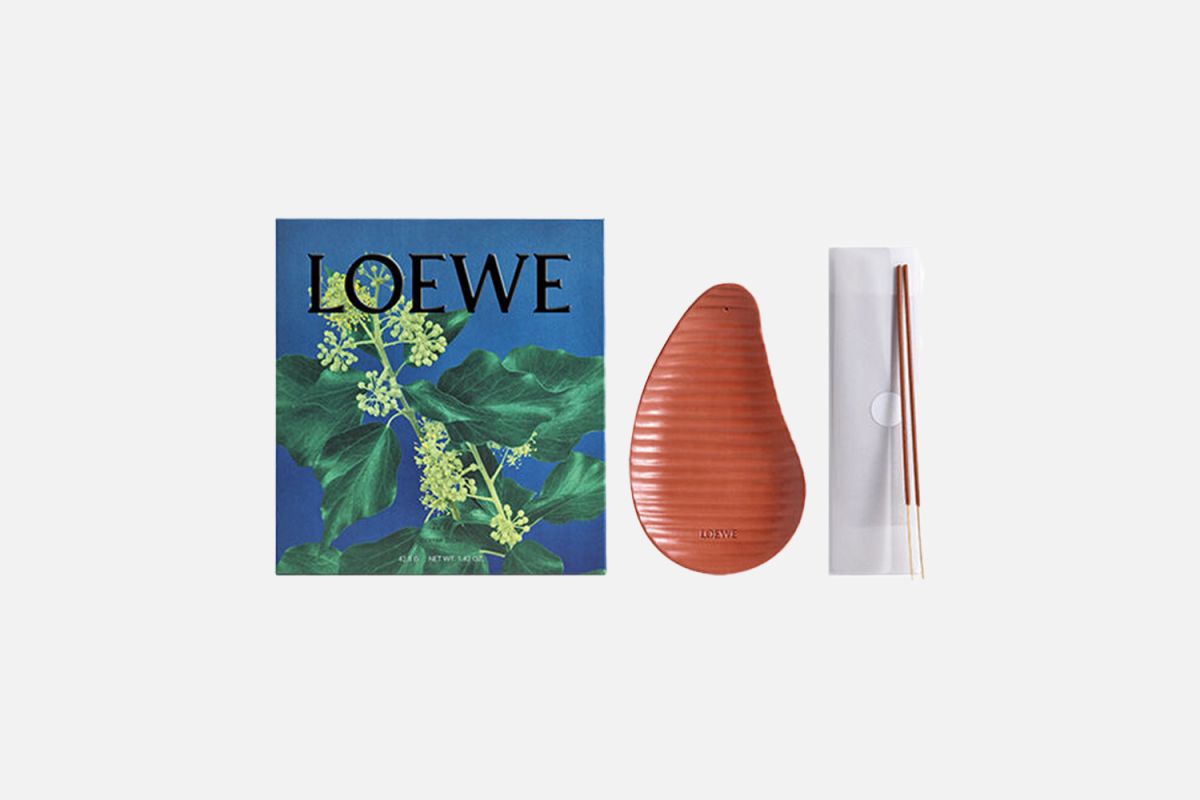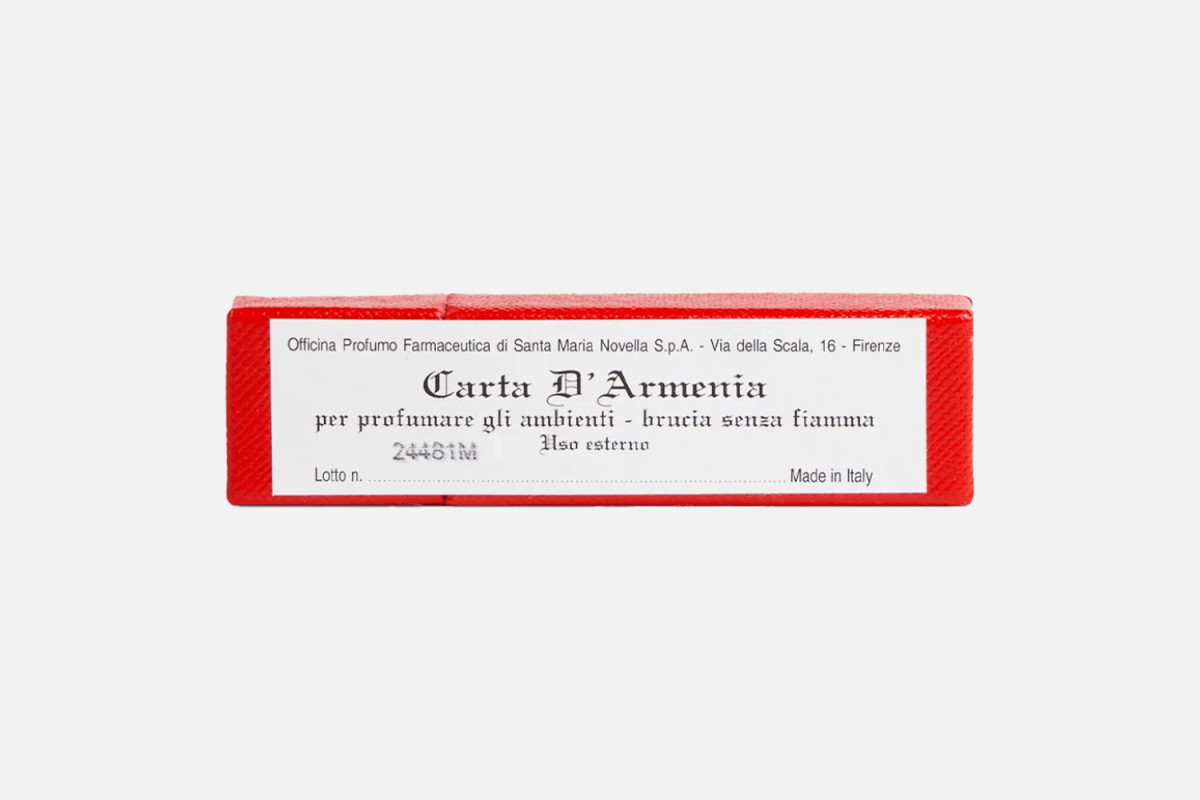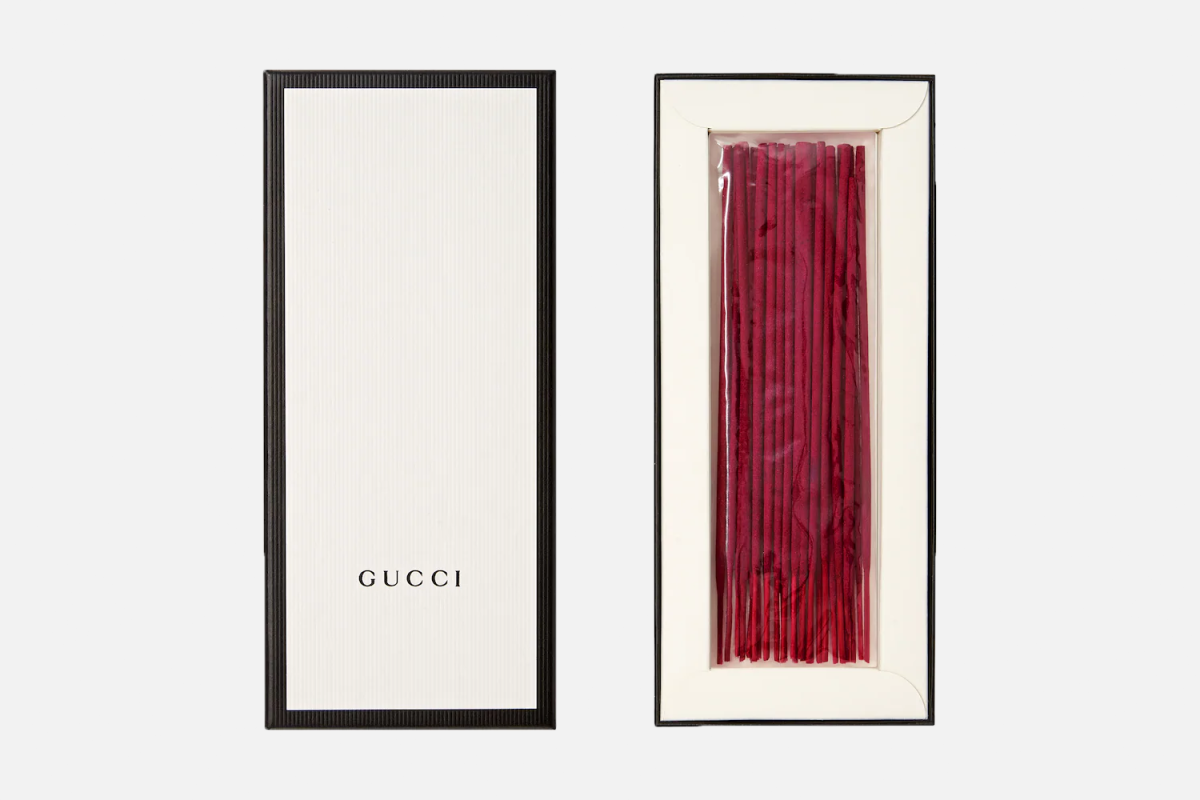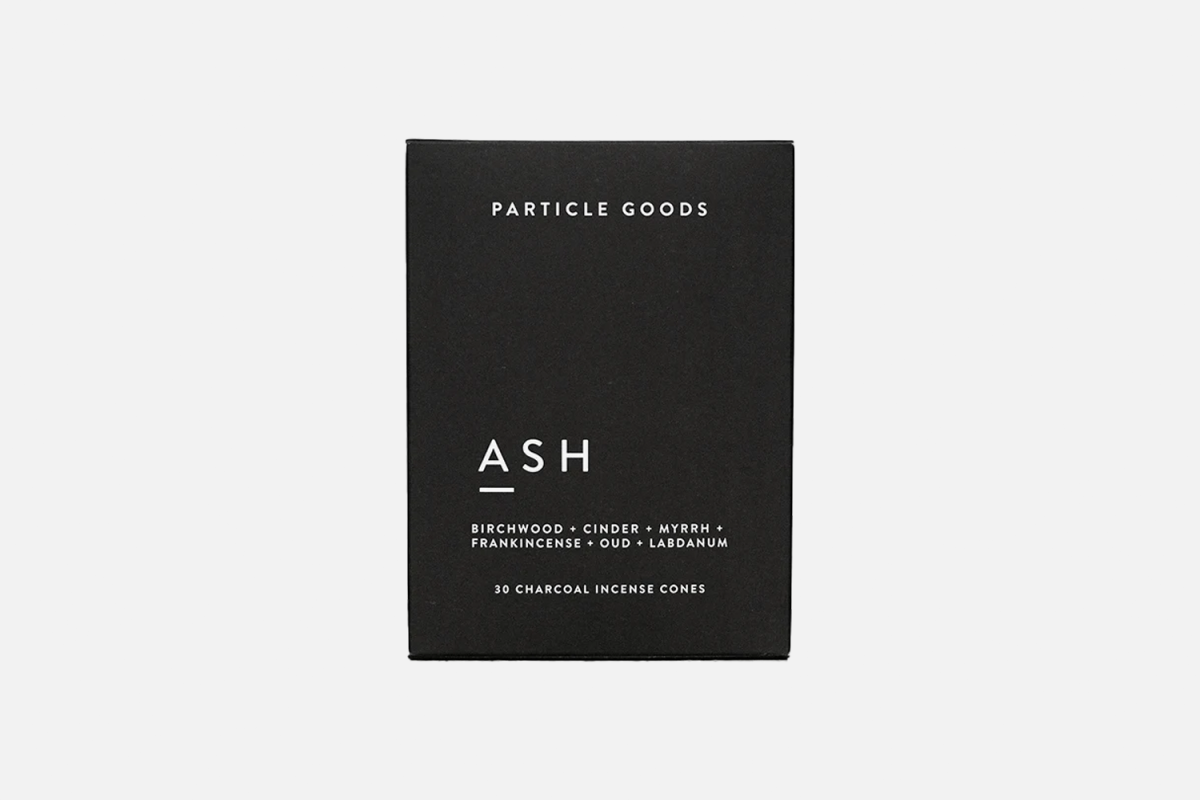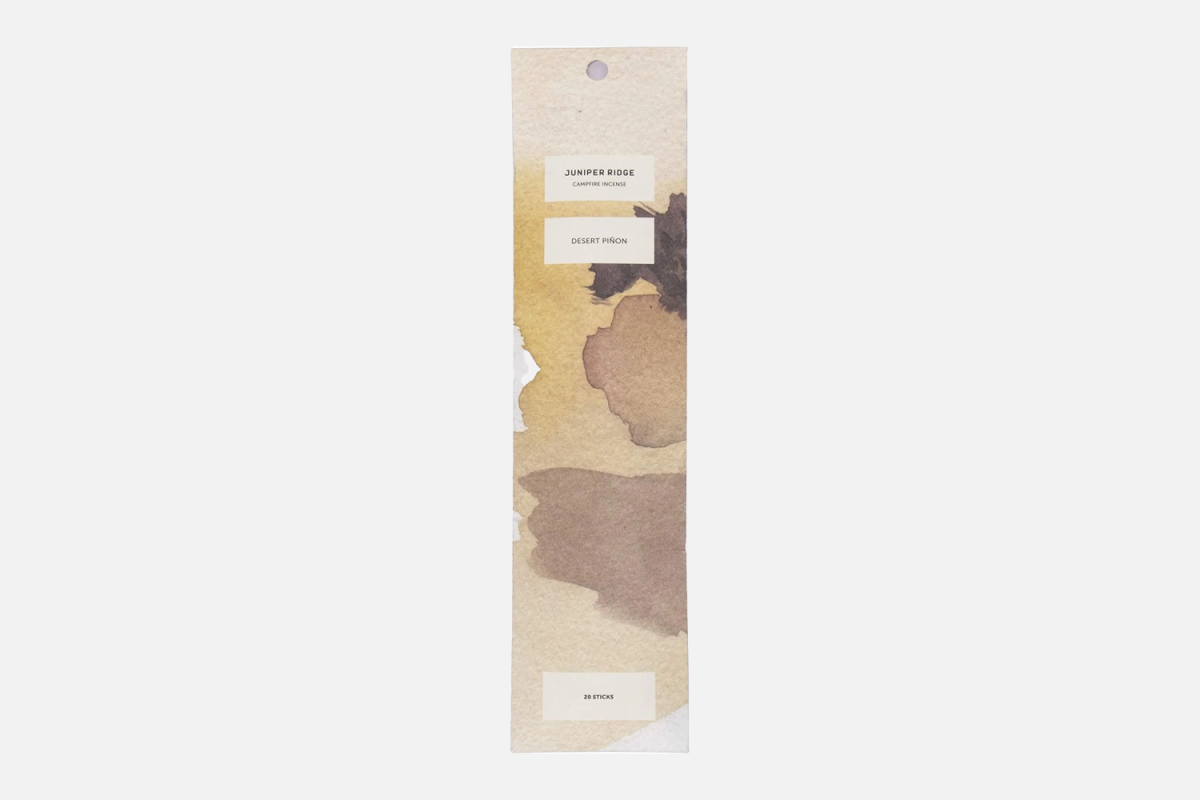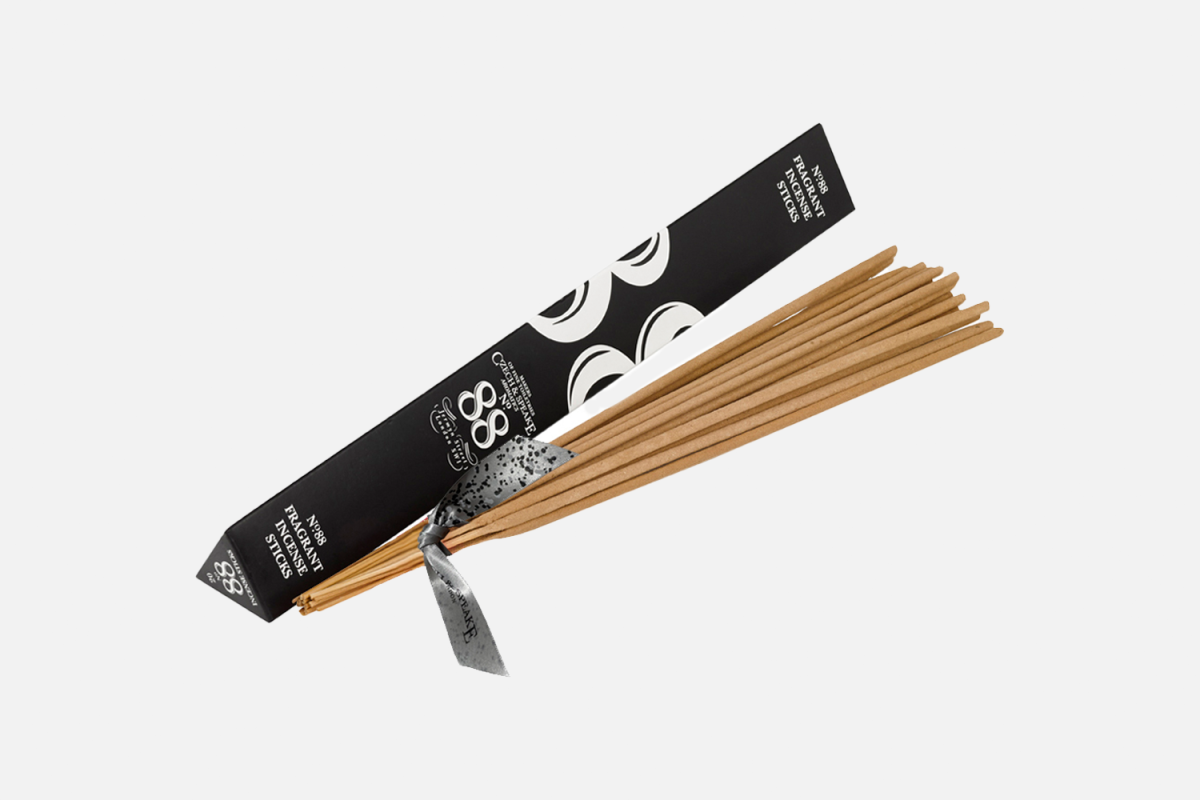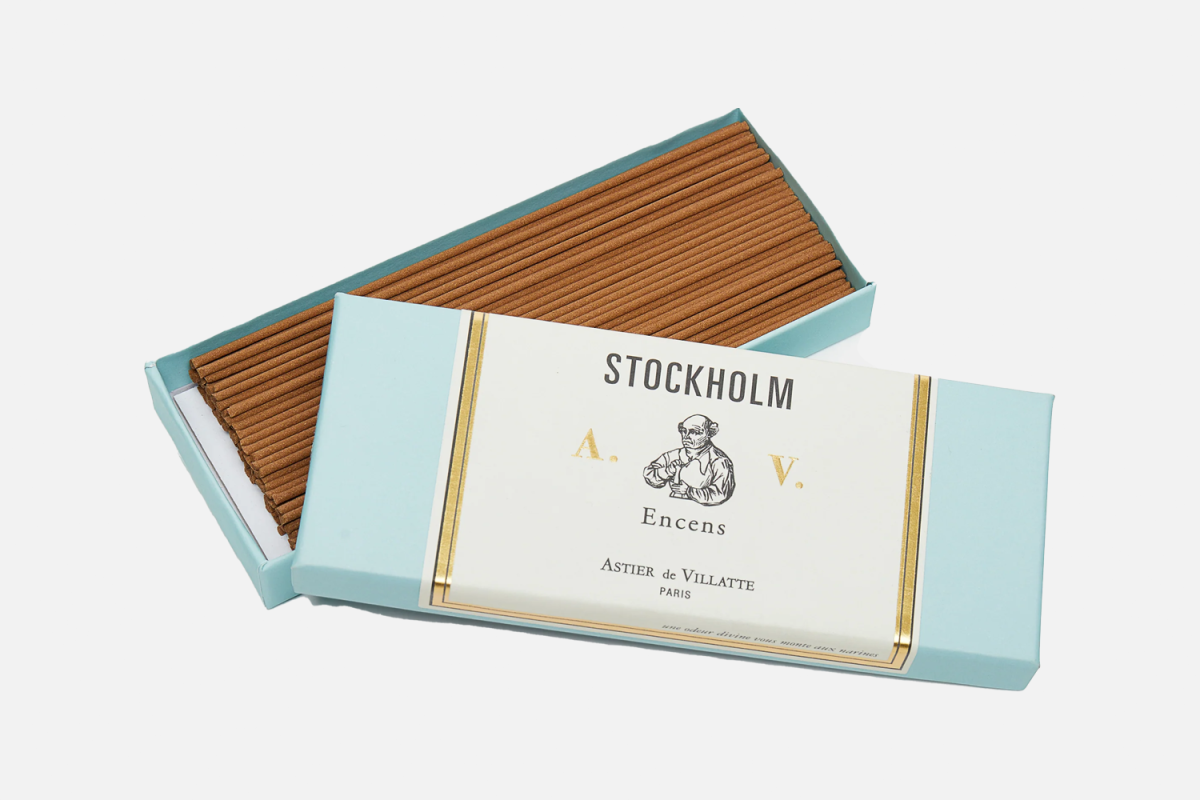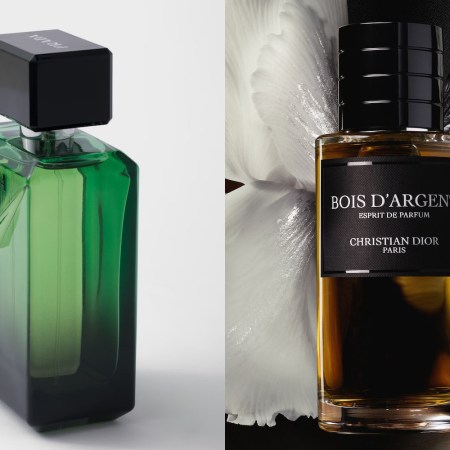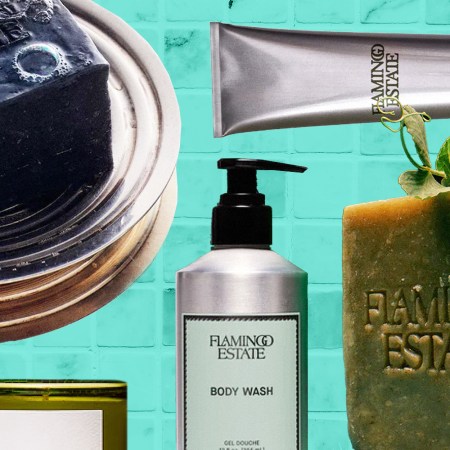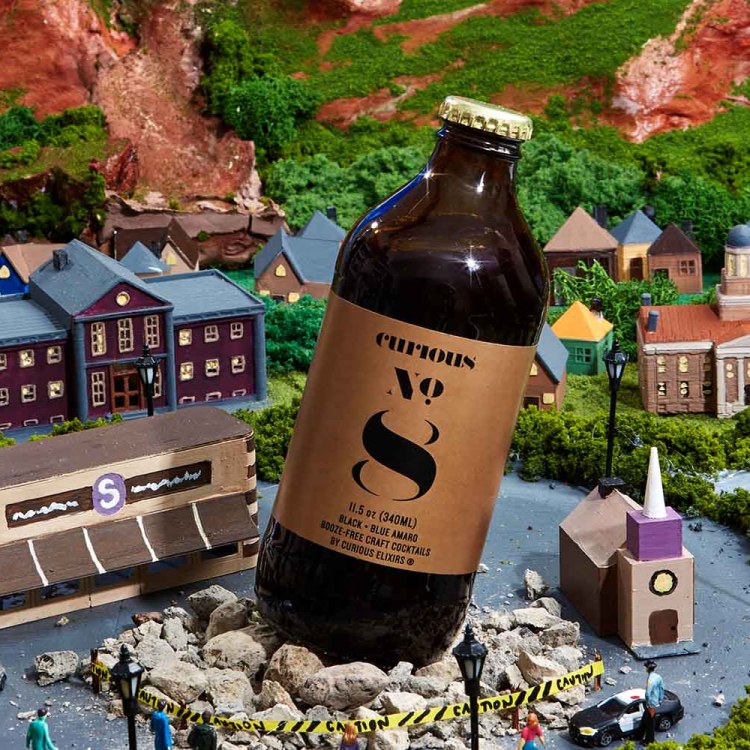It wasn’t until I experienced Diptyque that I discovered scented candles could smell so unique, complex and intoxicating. It opened a world of luxury-crafted candles where I explored storied fragrance houses like Trudon and Astier de Villatte, learning their scent pyramids and descriptive fragrance captions. I was often drawn to anything a bit woodsier and spiritual, preferring scents that reminded me of an old monastery — aromas that evoked a sense of history and the otherworldly. My love for scented candles will always remain; however, recently, I have found myself increasingly drawn to incense. I discovered that incense is also an olfactory art form crafted by artisanal brands, deserving as much attention as their wax counterparts.
The 10 Best Unscented Grooming Products
These products let your cologne shine and keep your skin irritation-free.Burning incense has ancient roots, deeply intertwined with spiritual practices and religious rituals. While still a vital component of ceremonies in various cultures, the Western world has embraced incense’s tranquil and soothing effects, creating serene, scented home environments. Some people still associate incense with the hippie set, and while I have no qualms with the common Nag Champa one might find at stores that sell crystals and tarot cards, there is a finer world of incense awaiting those willing to do a little research and spend a little more. Just as experiencing a Trudon candle makes it challenging to return to a lesser-scented variation, the same is true for incense.
Why doesn’t incense get the same attention as candles? According to Sarah Swartz Wessel, co-founder of Tennen, this may be due to misconceptions or associations. “Clean-burning incense with high-quality ingredients is quite different from much of the available incense, which tends to have fillers,” she says. “With exposure to quality incense, more people will consider including it in their daily rituals.”
Another aspect is the ritual. As Wessel notes, “Incense extinguishes on its own and is a marker of time. It travels far, lingers, and leads to a heightened awareness of yourself in space and time.” According to Michael Carbaugh, founder of Sandoval, “Candles are an easy go-to, as people can digest the methodology of lighting a wick, a glowing flame, and blowing it out. Incense, however, is inherently more ritual-based. Candles are more controllable, while incense takes on its own life and requires more connection and commitment.”
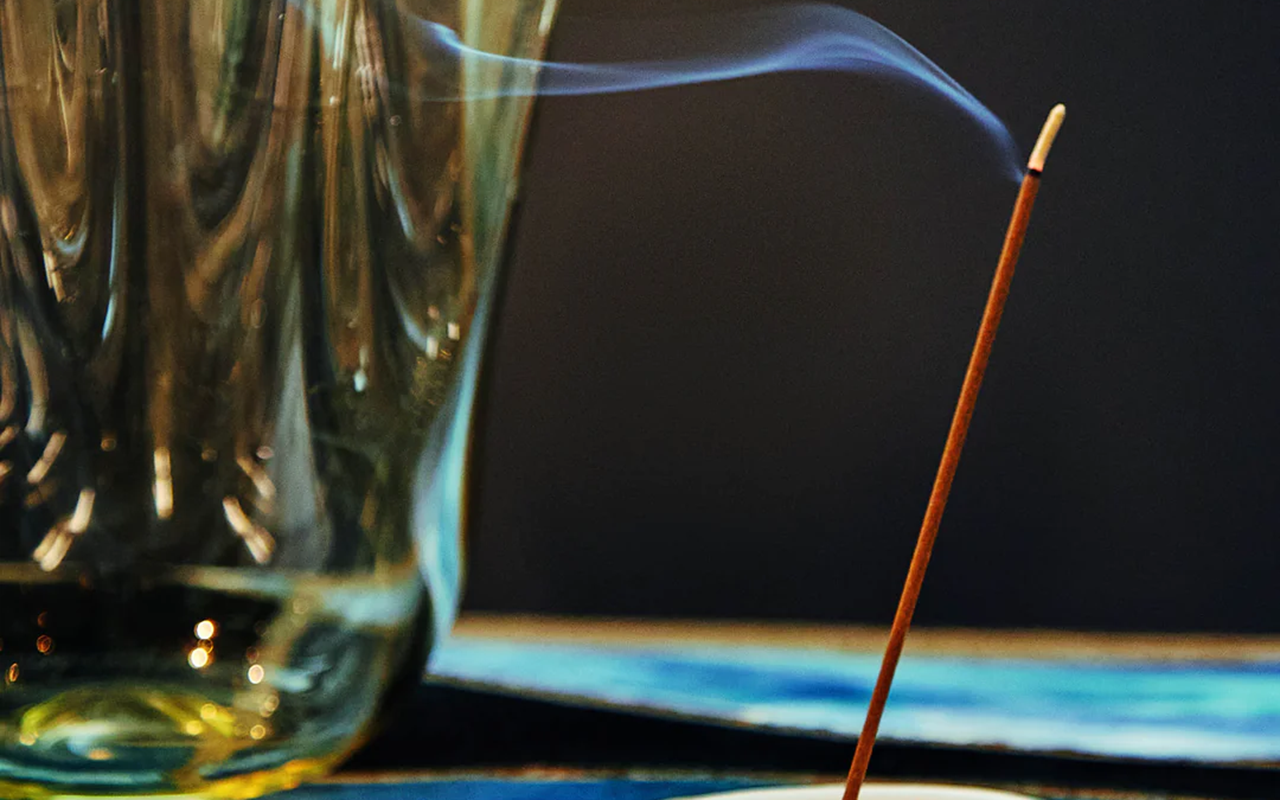
Looking at quality incense today, you’ll notice that akin to cologne or candles, many have olfactory pyramids with distinctive scent combinations unique to the respective brand. Blending scents like sandalwood with bergamot, hinoki with vetiver, frankincense with juniper and other top, middle, and base notes creates a new world for fragrance lovers to explore and enable artisans to craft signature scent compositions. As Wessel notes, “Scent with incense is very layered and evolves. There is a dominant foundational note, but as the incense burns, more delicate notes come through and linger, with the fragrance of essential oils and resinous wood being released at the ember.’”
The choice of wax in candles (soy or paraffin, for example) significantly impacts the scent throw, how clean the burn is, and the overall experience. Similarly, the materials used in incense influence its burn, smoke and scent profile. High-quality incense typically incorporates natural materials such as resins, barks, flowers, roots, leaves and spices. A standard method involves coating a bamboo stick with a paste made from coal, bamboo fibers and a binding agent, rolled in ground-up scent material or infused with essential oil. Other incense is coreless and made to burn through and through. “The traditional foundation of Japanese incense is sandalwood or agarwood,” says Wessel, “with several varieties from different parts of the world.”
Some newer brands choose charcoal as a base for its purportedly cleaner burn. London Tierney, the founder of Particle Goods, explains that their cones are “made with charcoal from bamboo and the joss tree, resulting in a smooth burn with less smoke due to carbonization. They are then hand-dipped in signature fragrance blends.” Meanwhile, Sandoval emphasizes purity with a base powder. “It’s 100% natural without any binders. Just pure sandalwood and a touch of palo santo powder.” Just as candle waxes vary, choosing incense materials is a personal preference in creating distinct olfactory experiences.
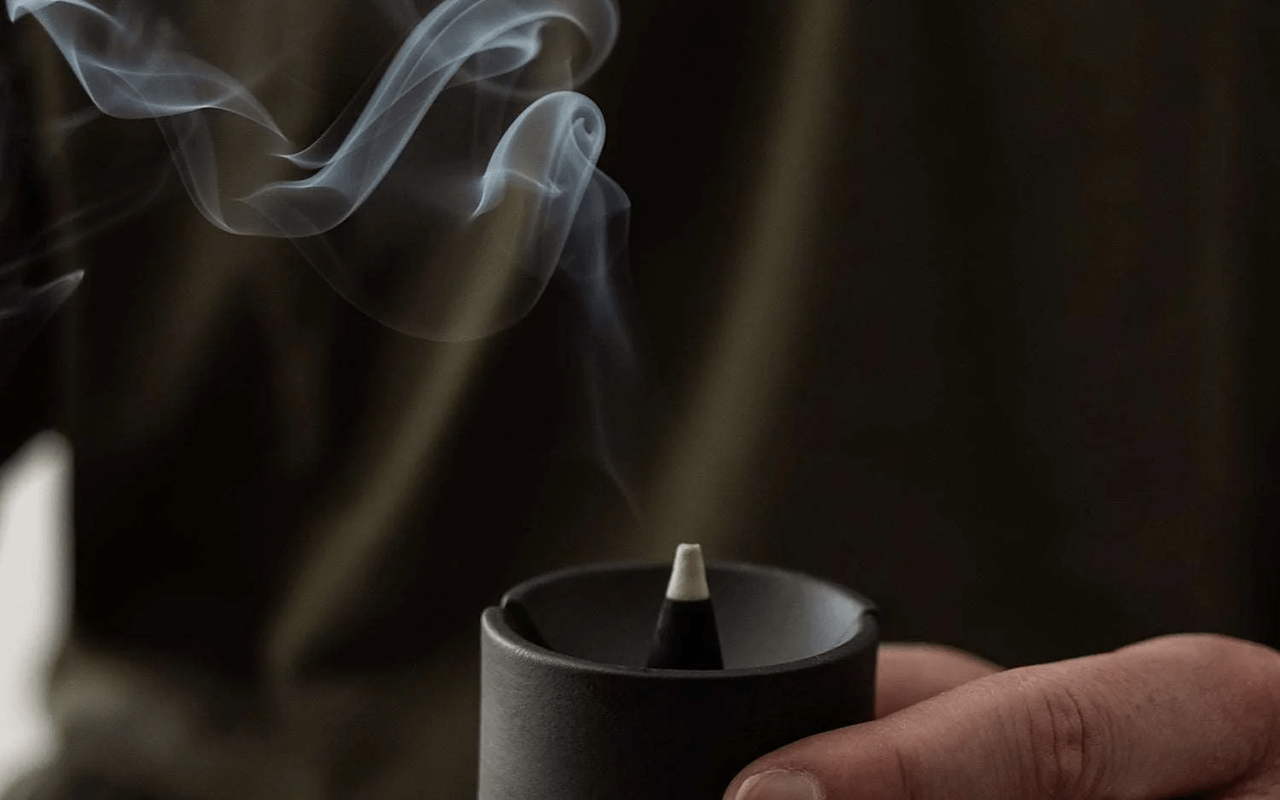
And while stick incense is most familiar, various shapes and forms further personalize the experience. Cones have become very common and are easy to travel with. Spirals are beautiful and burn longer, while powders and even paper provide unique ways to scent your surroundings.
Selecting incense from an artisanal brand that specializes in its craft promises a better experience from the first burn. Factors such as the complex scent, ingredients, and form all play a role in creating a distinct atmosphere of an inviting home. That first light of the incense gives you the anticipation that your abode will begin being filled with its ancient aroma—a connecting ritual that creates a serene, meditative, and fragrant environment. Simply put, it will smell great. Here are 12 brands we love.
No artisanal luxury incense list is complete without Tennen, the design firm developed by Ethan and Sarah Swartz Wessel. Renowned for their expertise in architecture, interiors, landscape and furniture, the team observed the scarcity of quality Japanese incense in the U.S. and, thus, collaborated with a Kyoto-based company to create an incense line. Crafted in Japan with all-natural materials, Tennen offers sticks, cones, and spirals with beautiful packaging in wooden boxes adorned with Japanese script- an extension of their design ethos. My favorite, Wandering Moss, features notes of oakmoss and cedar. Placing the spiral on a holder releases a subtle, earthen aroma, providing over two hours of burn time — a favorite among their devoted base.
Agraria was founded in 1970 by San Francisco interior designers who envisioned fragrant products as essential and complementary design elements for their clients’ homes. Giorgio Armani told New York Magazine in 2004, ” I buy Agraria Bitter Orange Burning Sticks. I think the incense smell creates some kind of dependence. It reminds me of the Catholic church.” Don’t let the bitter orange name fool you. These long-lasting sticks contain notes of clover, cypress and olibanum, creating a beautiful ecclesiastical aroma that smells like you are entering an old church — with just a hint of orange to soften the tone.
Square Trade Goods Co. crafts its products in a Richmond, VA studio with a small, innovative team that draws inspiration from nature to stay connected to scent-making. It shows in scents like Big Sur, which captures fresh ocean air with giant redwoods and campfires. Their incense is designed to elevate your atmosphere without overpowering the senses; they are made in charcoal cones, offering a cleaner burn and a sleek look. One of my favorites, Golden Cedar, stands out with warm cedarwood, sweet, dried fruit, and nutmeg atop a base of rich amber.
Sandoval, a West Coast fragrance brand created by Michael Carbaugh, embodies the essence of earthly aromas in its DNA. Michael’s affinity for incense harks back to his grandmother, who ritually burned incense on her altar. This ‘Sacred’ powdered incense is made from Australian sandalwood and Peruvian palo santo. Responsibly sourced from naturally falling trees and sun-cured, these elements combine to fill your space with the scent of ancient wood. The powder is a unique way to burn — gently scoop it into a fire-safe vessel, mold it into a ridge or mound, ignite, extinguish, and fan the smoke outward with your hand.
Aesop’s fragrances have earned a cult-like admiration over the years, and rightfully so. The packaging is instantly recognizable with its old-school apothecary bottle and distinctive type set. Therefore, it makes sense that the brand’s venture into home scents is equally artisanal. Their Kagerou Incense is inspired by the woody, earthy, green and smoky facets of Vetiver. Combined with Sandalwood, it provides a beautiful light aroma perfect for spring.
Just as luxury brands infuse their distinctive touch into realms like watches or fragrances, Loewe brings its unique flair to the world of incense. The packaging is truly exquisite, and each set includes a glazed ceramic Incense Holder featuring a sculptural, curvilinear shape and a ribbed surface, accompanied by 25 bamboo-crafted incense sticks. Each Ivy incense stick unveils a woody scent reminiscent of the fresh, verdant aroma of a leafy climbing vine, and over time, the scent unfolds delicate floral notes. FYI, you can also purchase just the sticks.
Santa Maria Novella, the storied Florentine fragrance house dating back to 1221, exemplifies aromatic simplicity, focusing on heritage and the art of fragrance making. Incense doesn’t always come in classic sticks or cones. Their unique approach is inherent in Carta d’Armenia — incense paper soaked in a blend of resin and oriental spice infusions. This flameless paper burns to purify the air and scent your space. Fold the paper strip into an accordion, ignite one end, and let the subtle, luxurious old-world aroma fill your space.
Gucci is another luxury fashion house that creates amazing personal and home fragrances. Leave it to the chic, storied Italian brand to produce incense sticks as visually striking as a crimson red velvet ’70s garment. Crafted from bamboo in Italy, these sticks boast a vibrant fuchsia hue, aspiring to be as iconic as one would expect from Gucci. The scent, Esotericum, blends the bitter aroma of Seville oranges with intricate jasmine notes, all topped with the warmth of leather and a hint of salt.
Particle introduced its incense line in 2020 during the pandemic to explore loss and transformation and illuminate how scent can help connect and transport us. This innovative indie brand has made a mark in the fragrance market with scents like Bone, Ember, and Smoke, drawing inspiration from natural formations and highlighting the deep ties between scent, memory, and emotion. The Ash cones, inspired by Roman basilicas and sacred rituals, feature birchwood, cinder, myrrh, frankincense, oud, and labdanum notes.
Juniper Ridge is renowned for its all-natural body care and home scent products, which use bare-bones ingredients and no synthetic perfumes. Locally harvesting organic materials, their team uses traditional perfuming methods to steam-distill essential oils. The Desert Pinon incense, derived from the pinon pine’s pitch, captures the honey-like yet earthy scent of crushed pine needles. These subtly aromatic 100% plant-based Incense sticks offer a tranquil experience that captures the essence of the outdoors.
Family-owned and established in the heart of London on the renowned Jermyn Street over four decades ago, Czech & Speake is world-renowned for its niche fine fragrances and gentleman’s grooming. Each of their incense sticks exudes luxury and is infused with some of the world’s finest essential oils. Their renowned and top-selling fragrance, No.88, features a distinctive blend with bergamot, geranium, rose otto, and frangipani, complemented by an earthy, dry foundation of vetiver and sandalwood-a complex, intoxicating, and unique aroma.
The French brand Astier de Villatte produces some of my favorite scented candles, so it’s no surprise that their incense is equally exemplary. Each of their fragrances provides an olfactory exploration into different cities worldwide, with ornate scent pyramids meant to interpret, for example, the essence of the rain forests of Yakushima or a spicy journey into the heart of Delhi. Every stick is crafted in Awaji, Japan, using precious woods, herbs, plants, and vegetable resins. One of my favorite scents is Stockholm, inspired by an elixir King Gustav II would give his Viking warriors to render them invincible. It’s an otherworldly blend of Clary Sage, Haiti Vetiver, Virginia Cedar, Brazilian Orange, Petitgrain, and Clove.
This article appeared in an InsideHook newsletter. Sign up for free to get more on travel, wellness, style, drinking, and culture.

